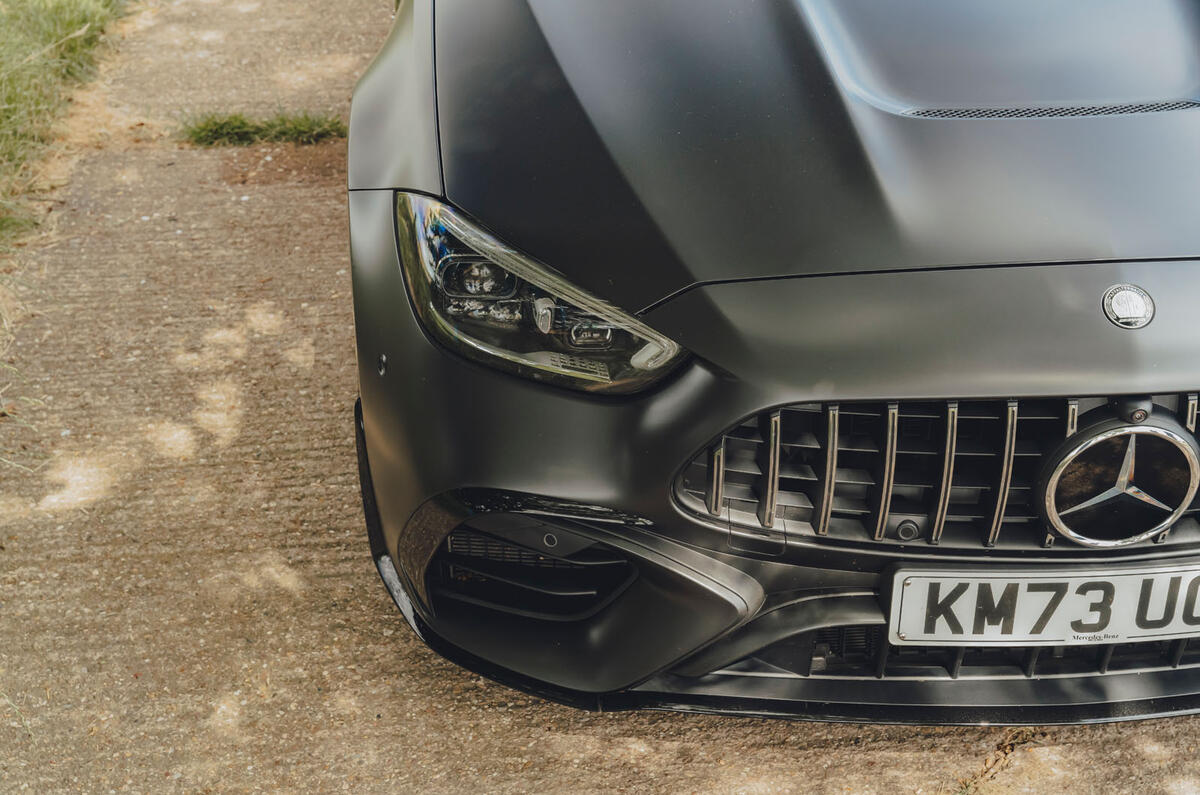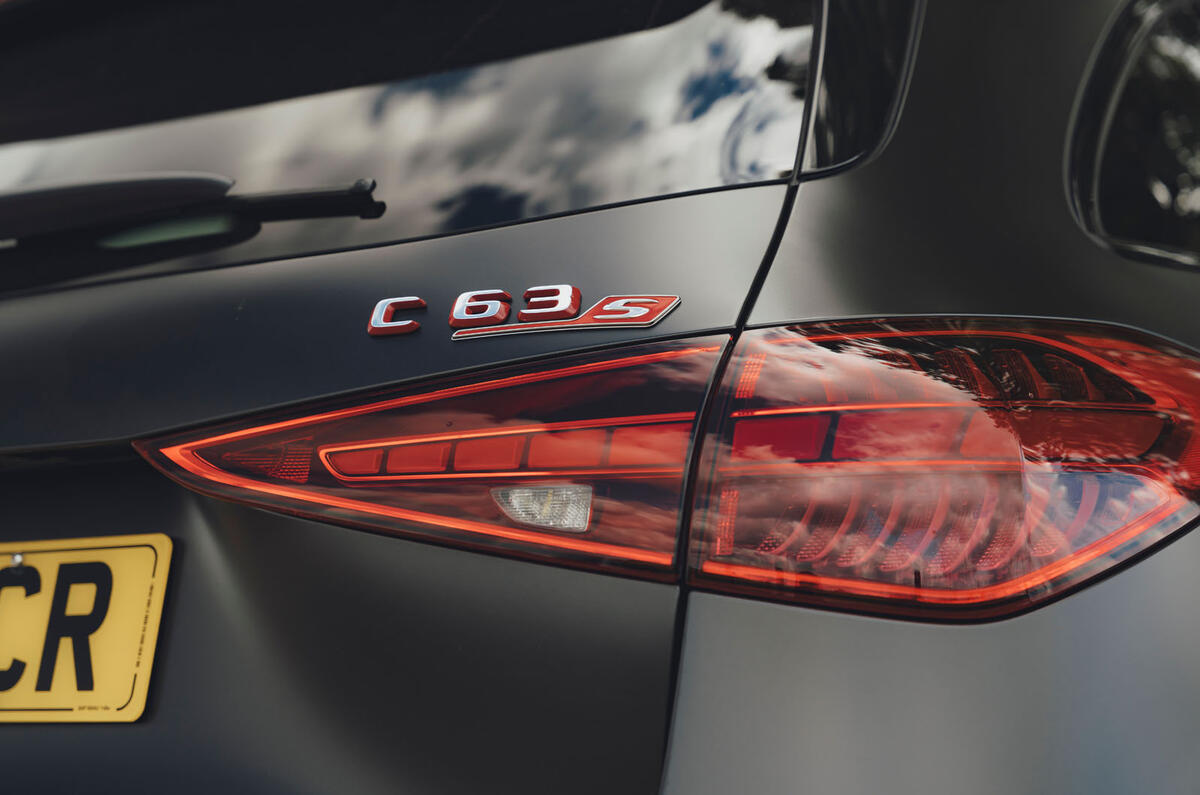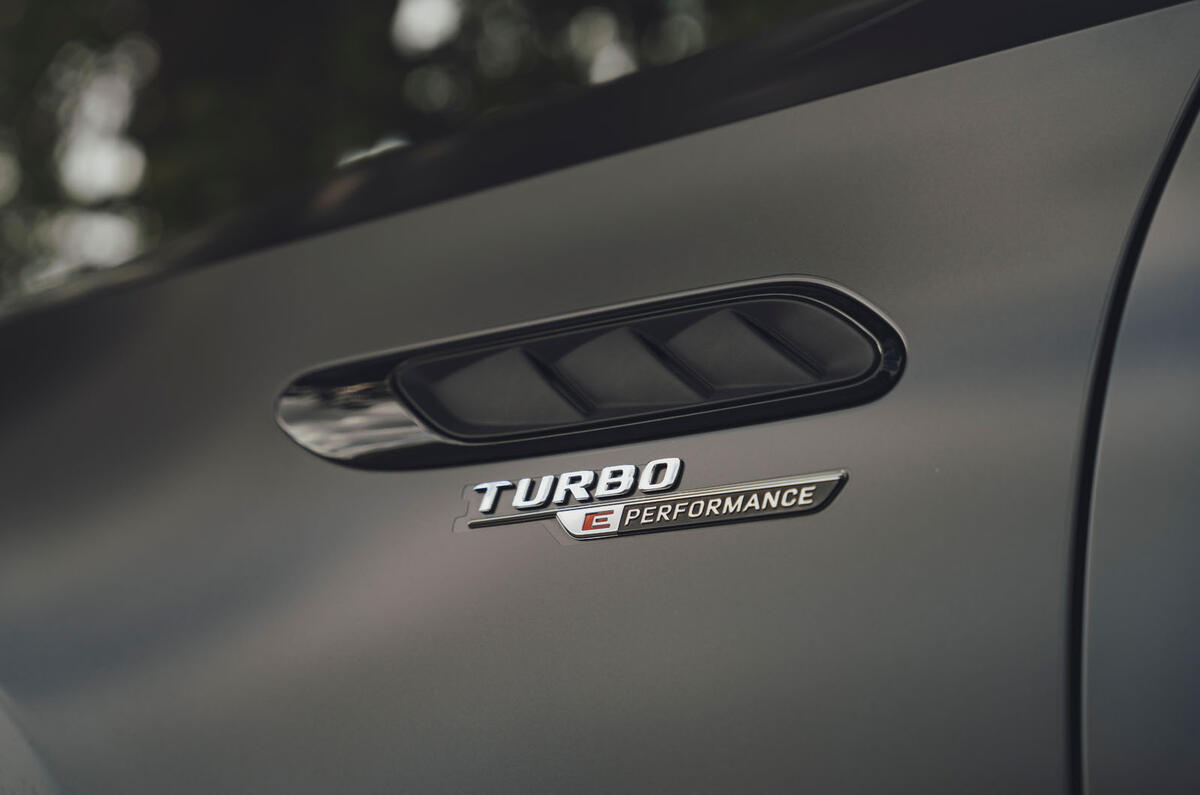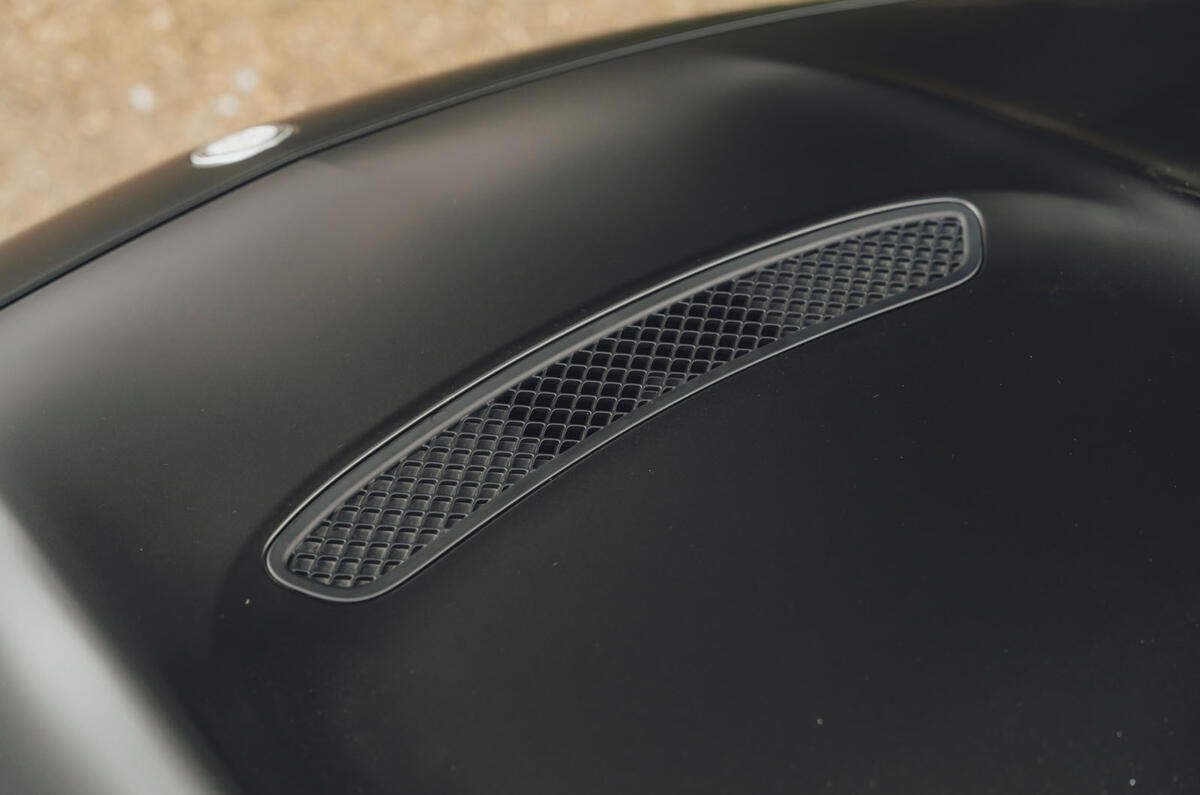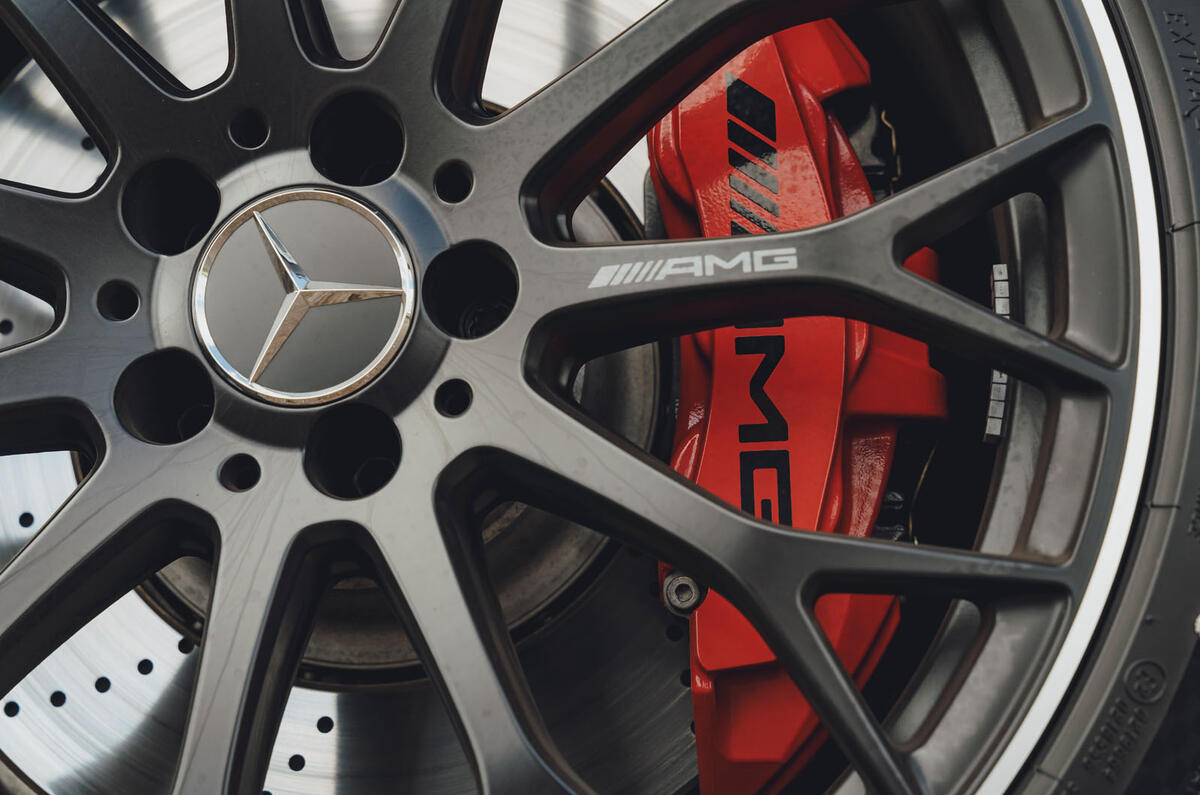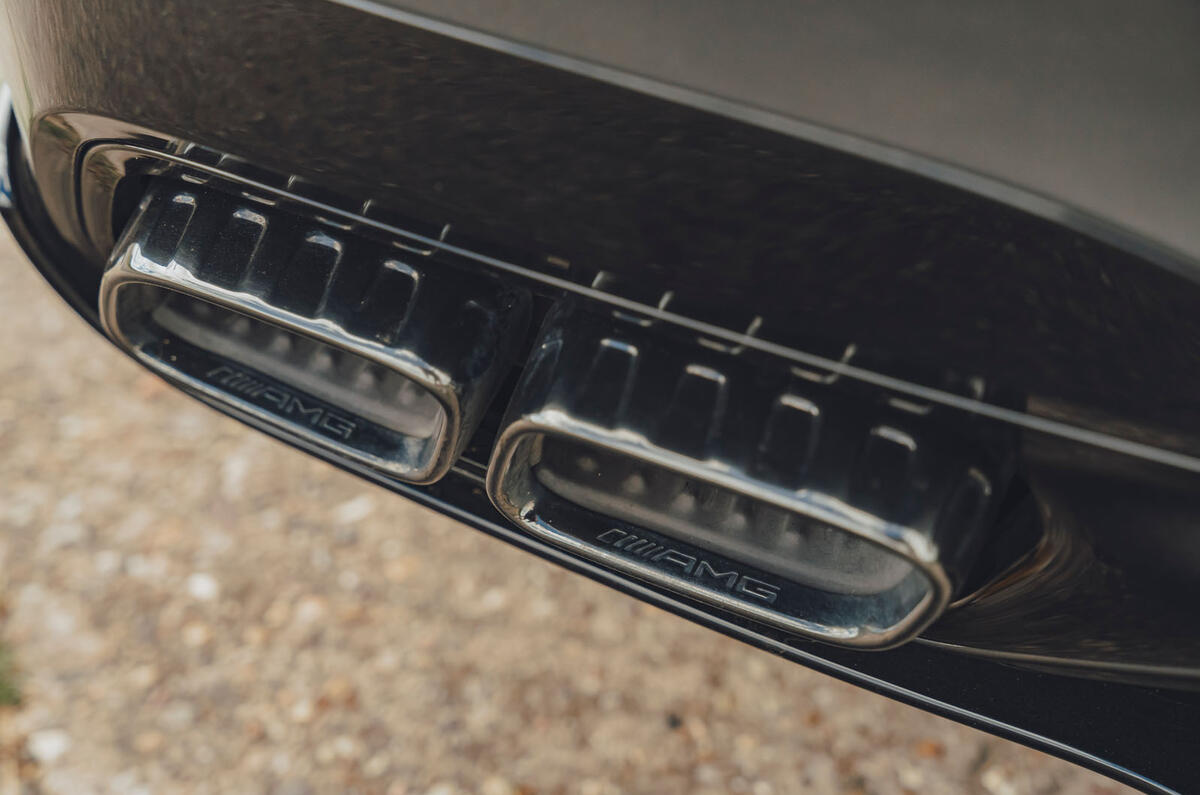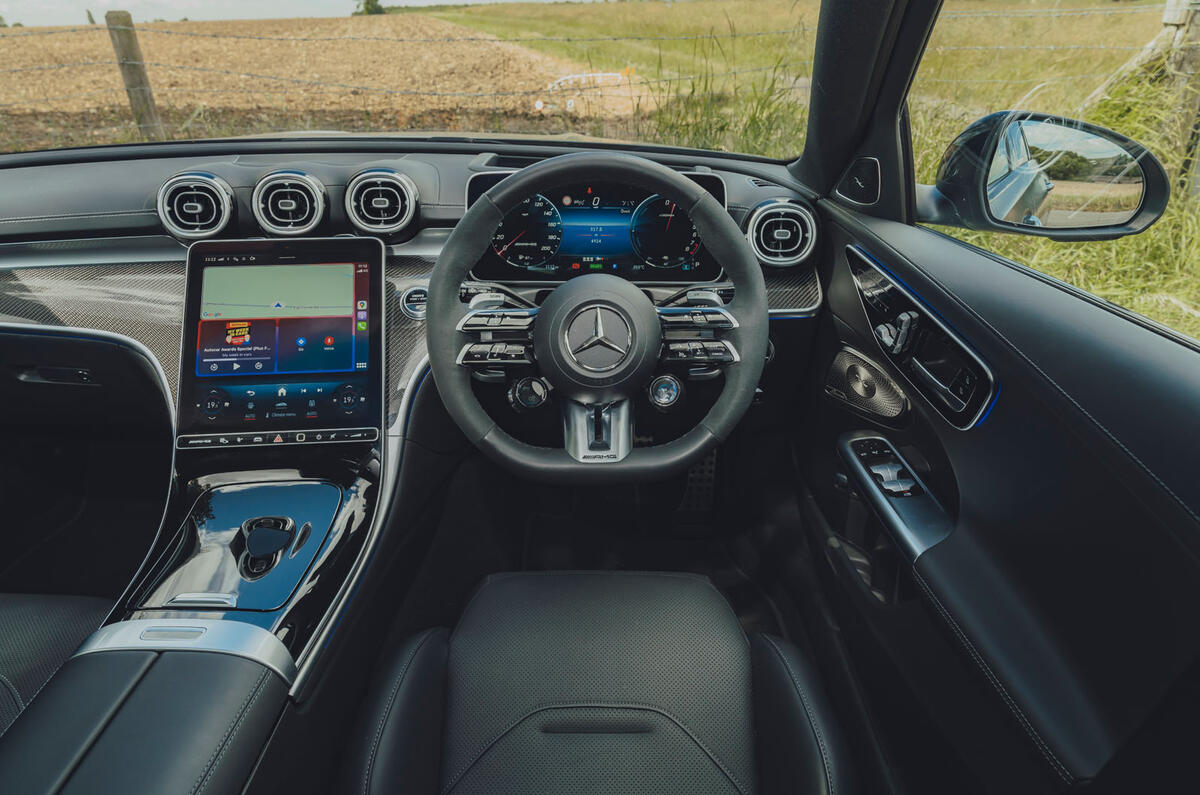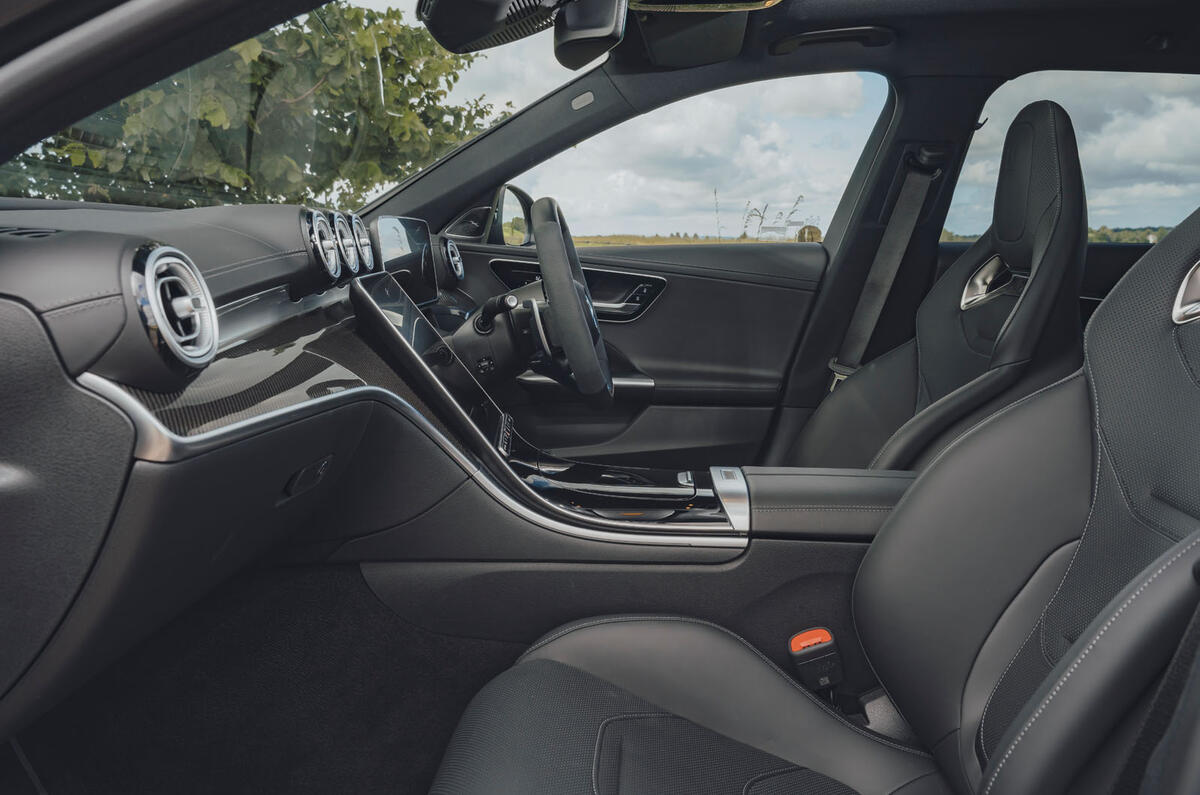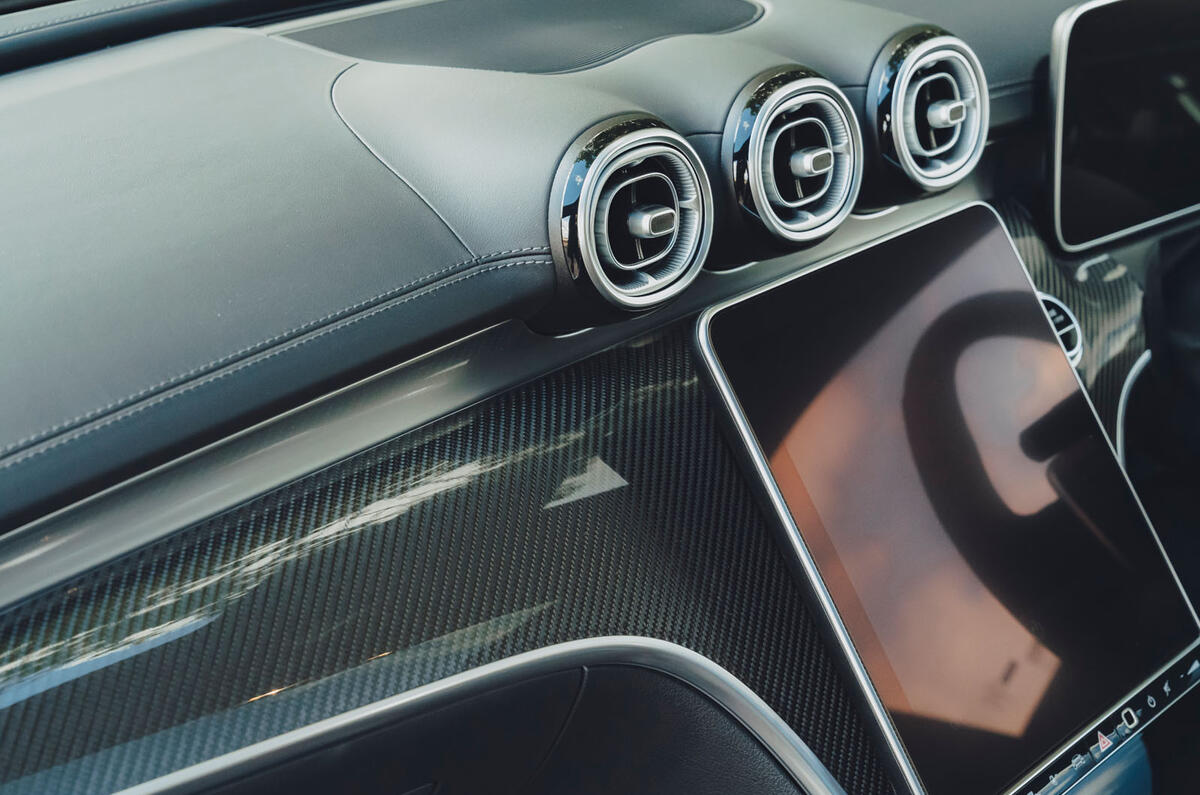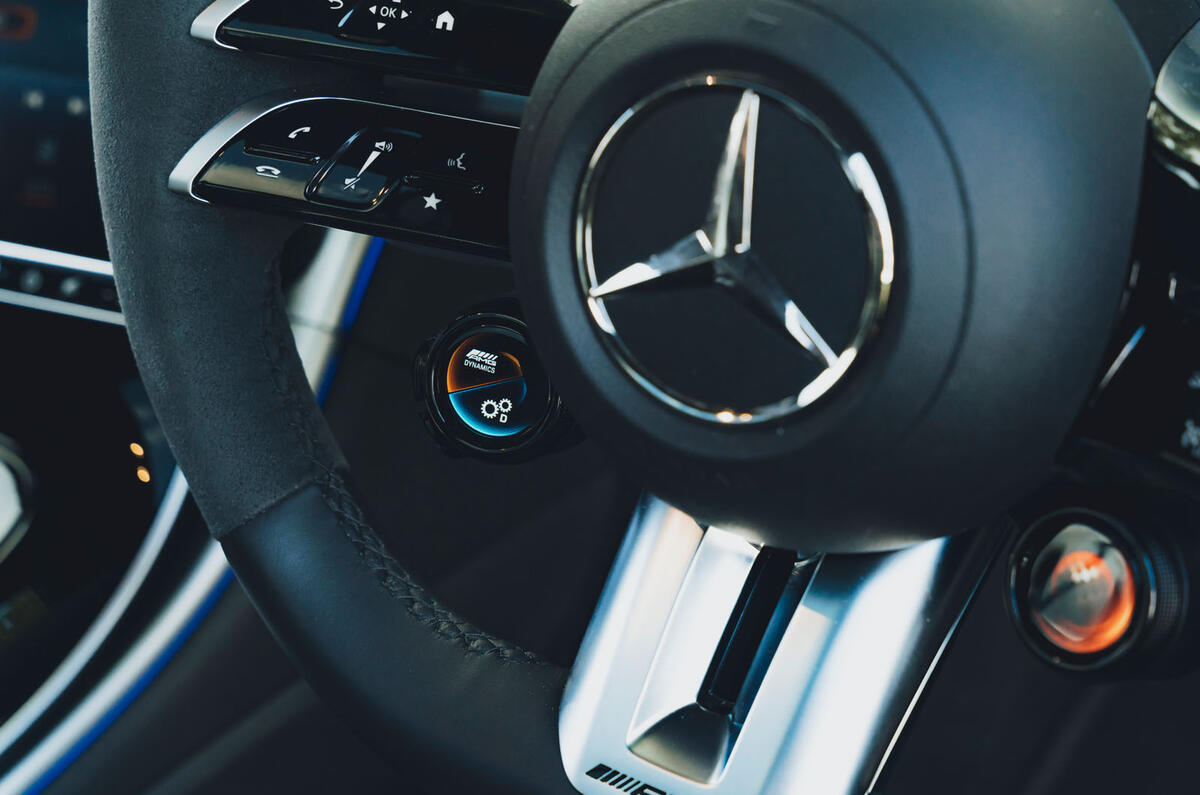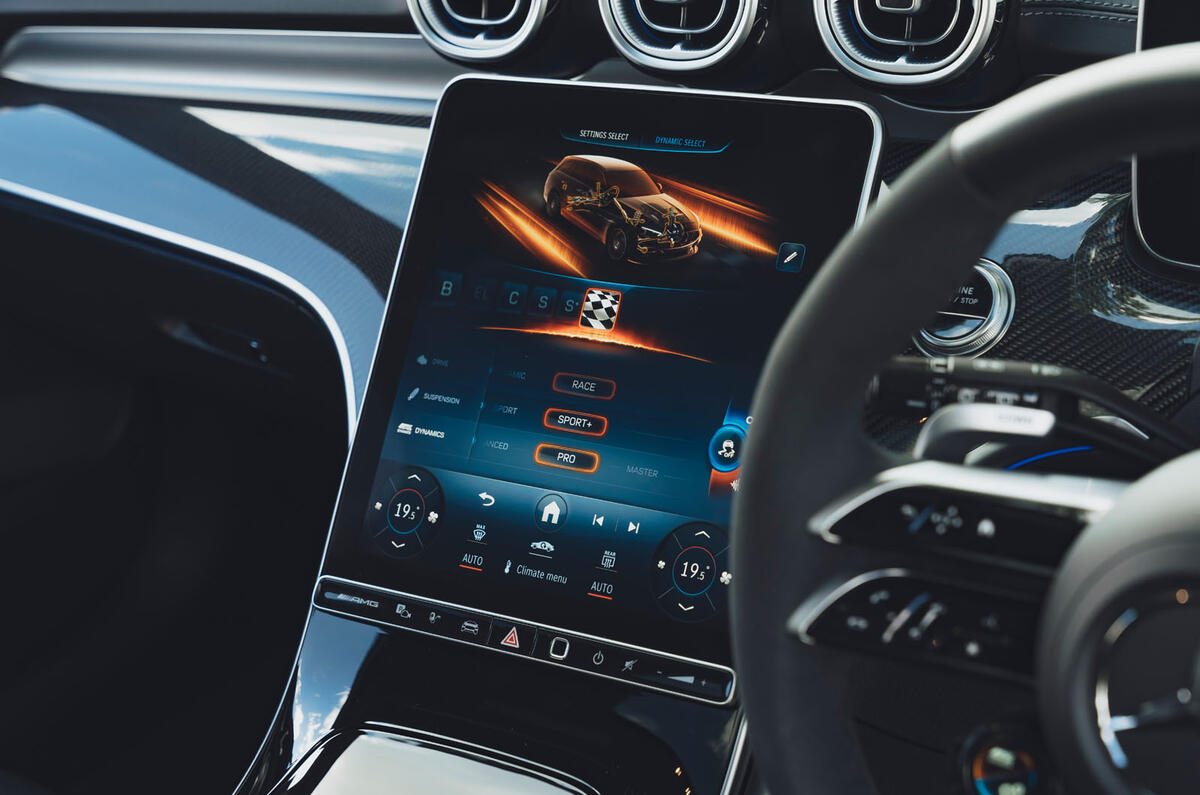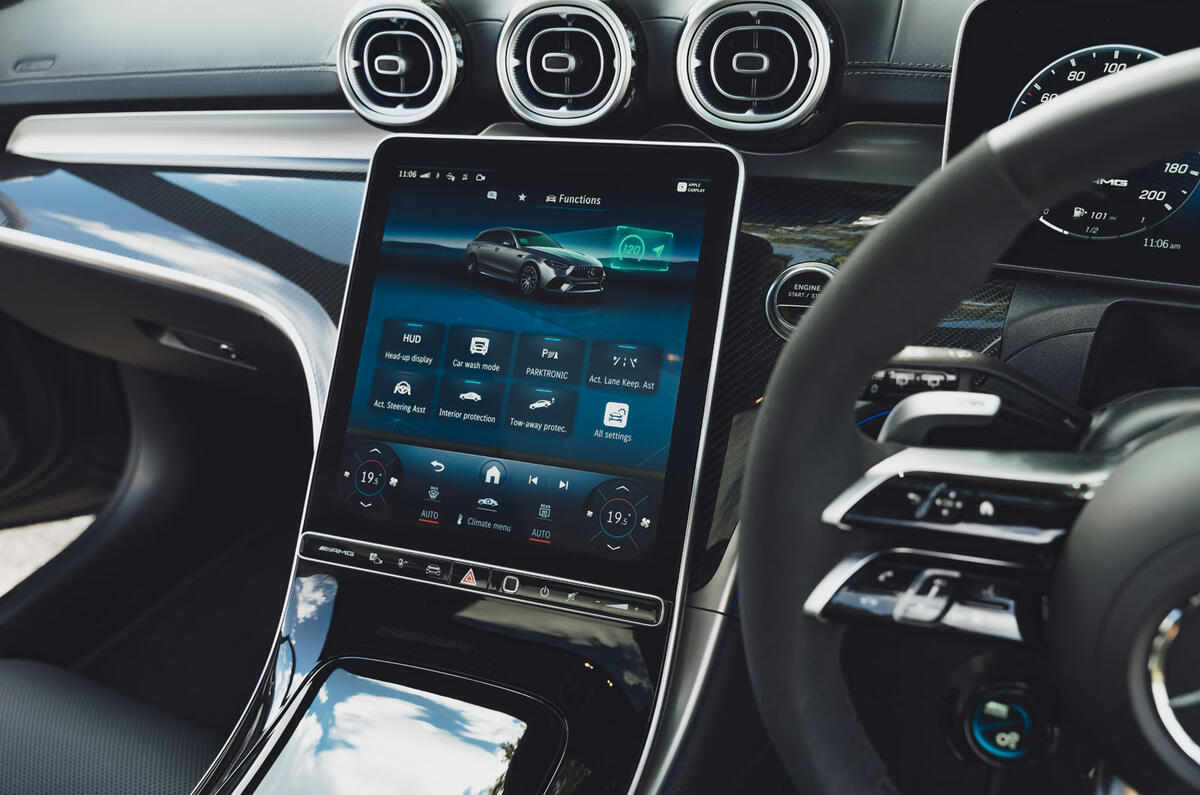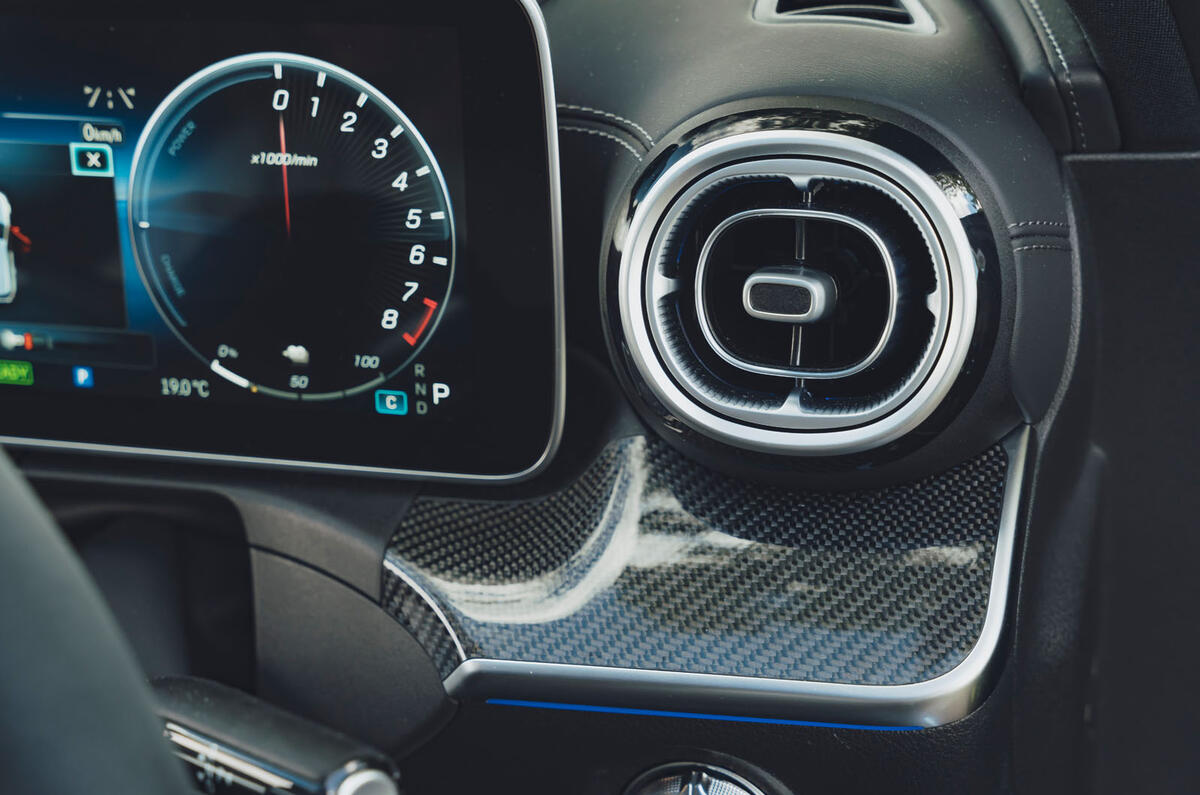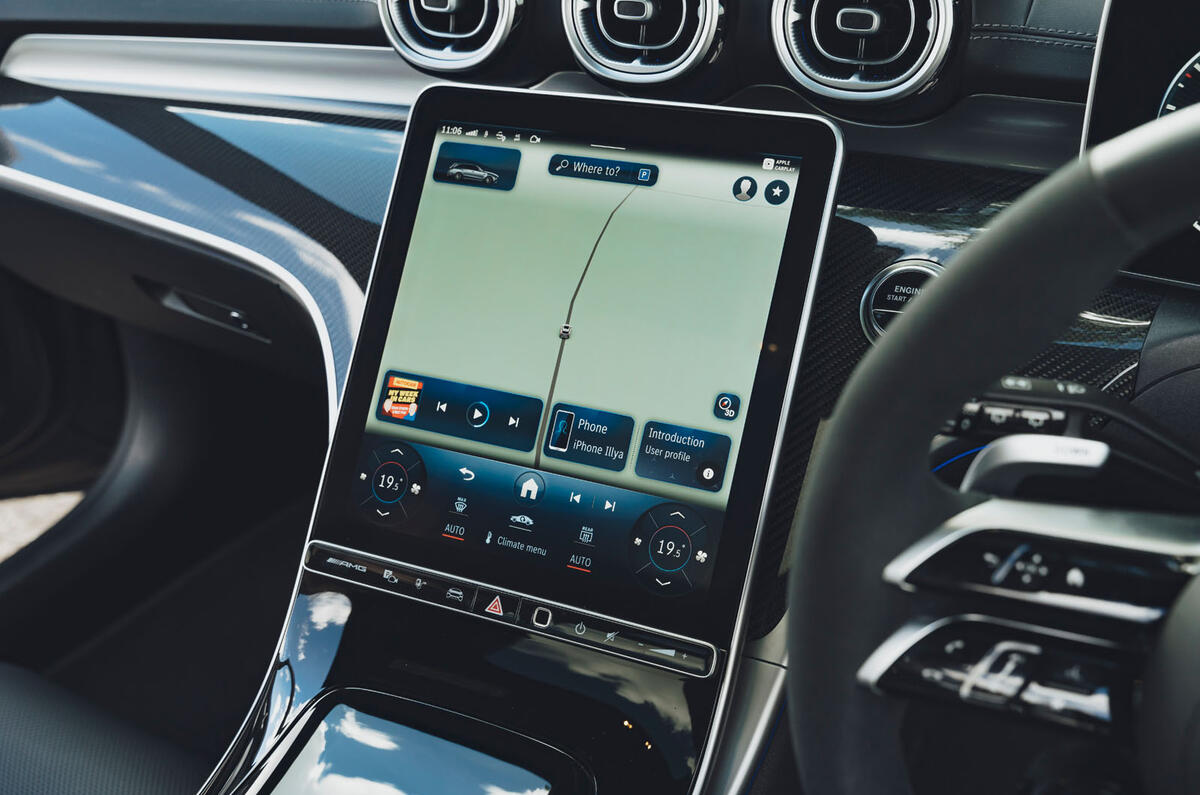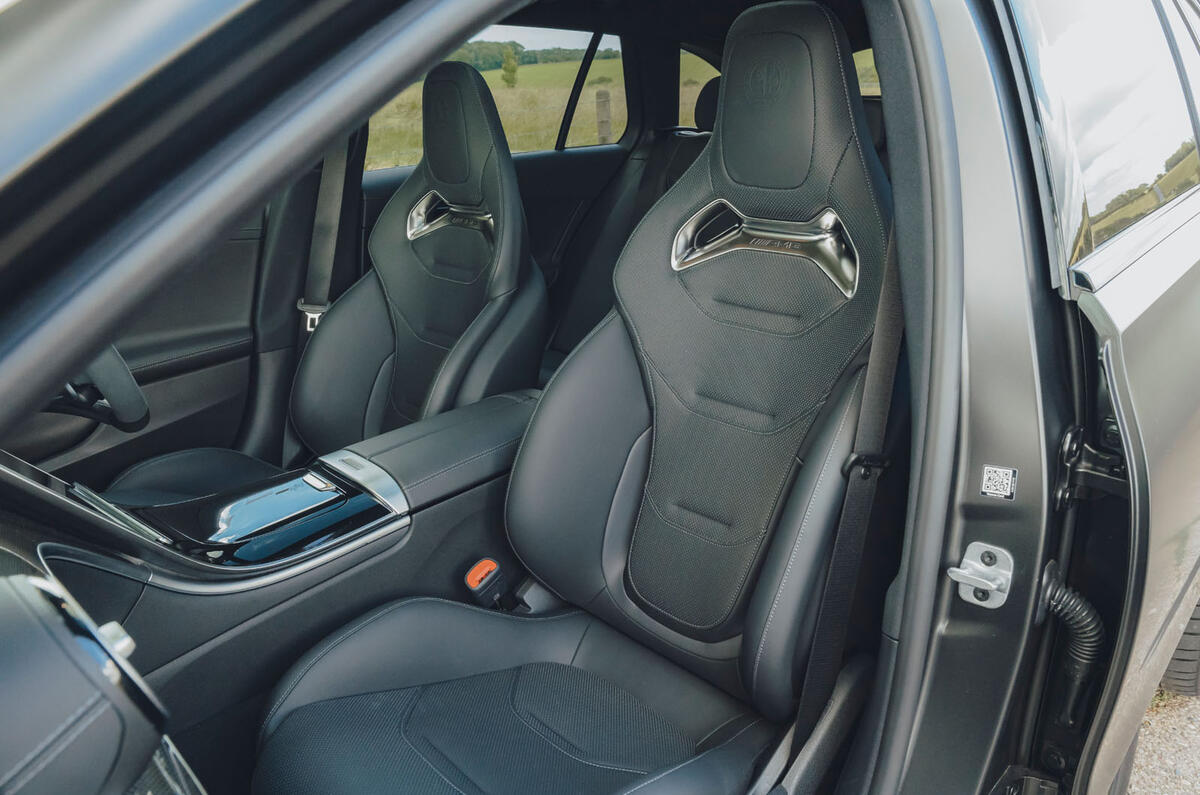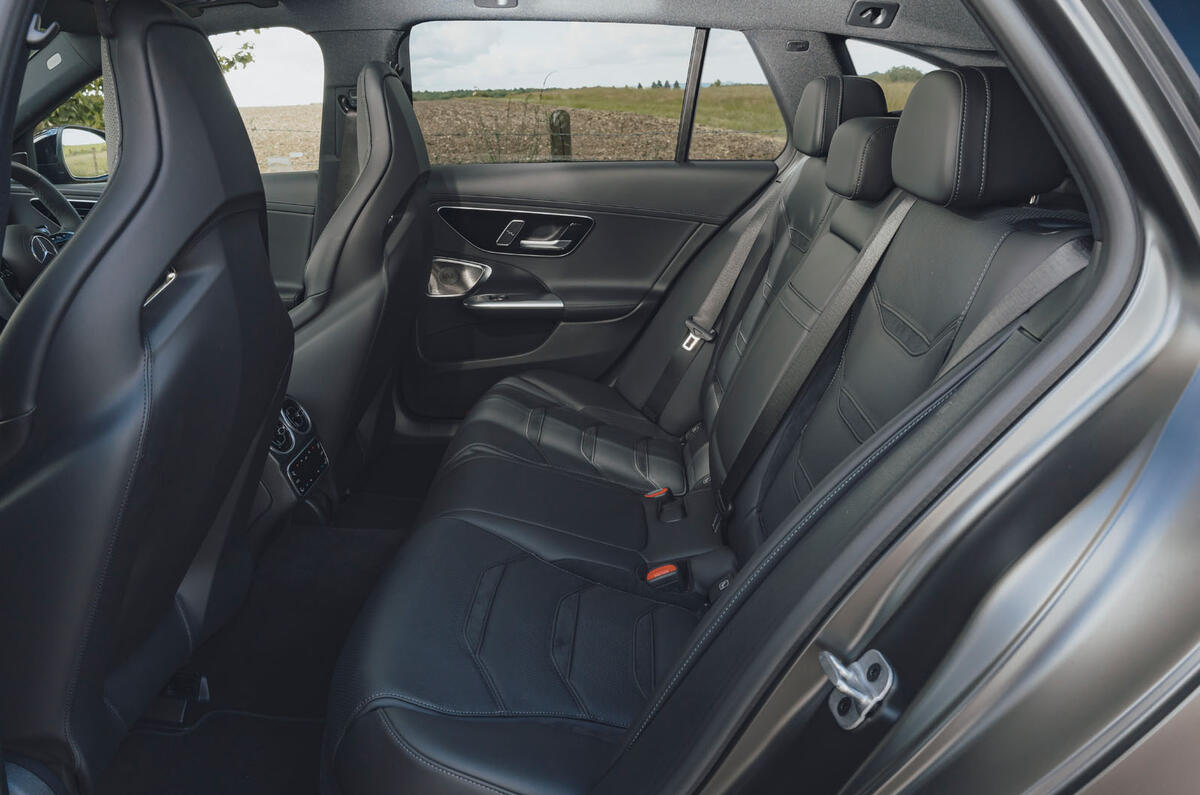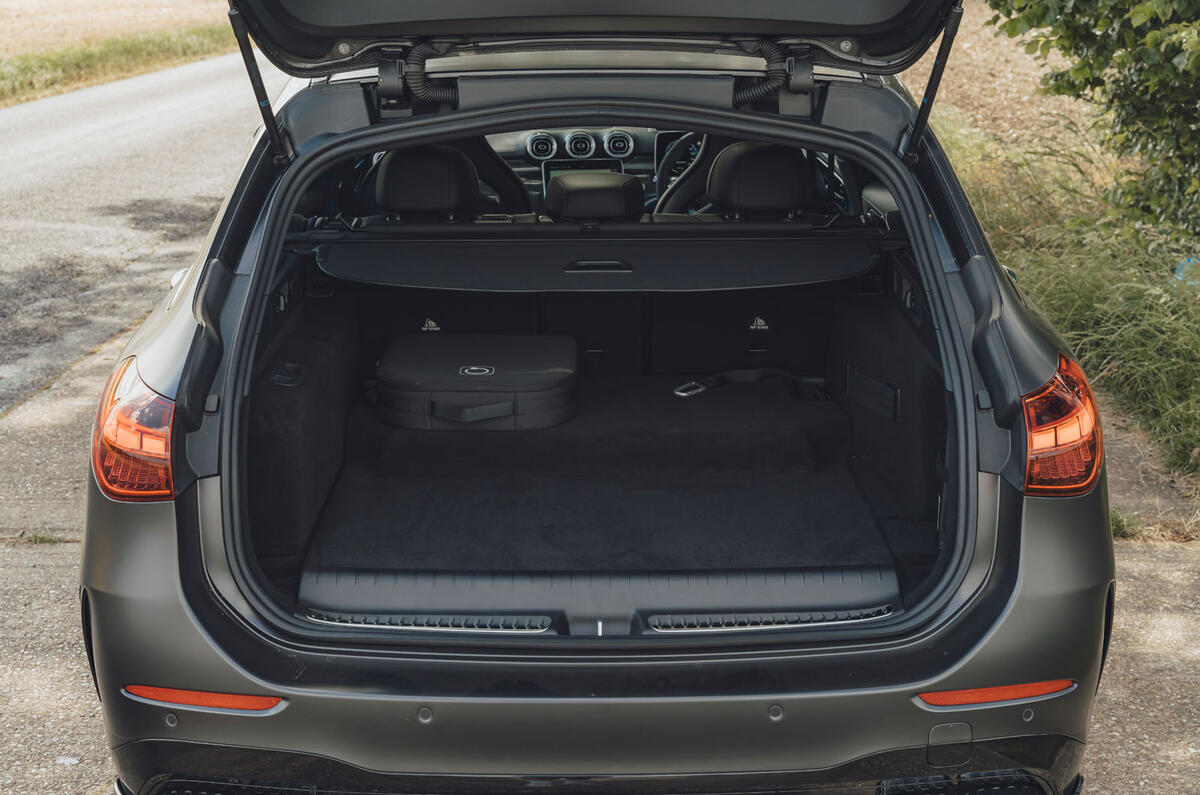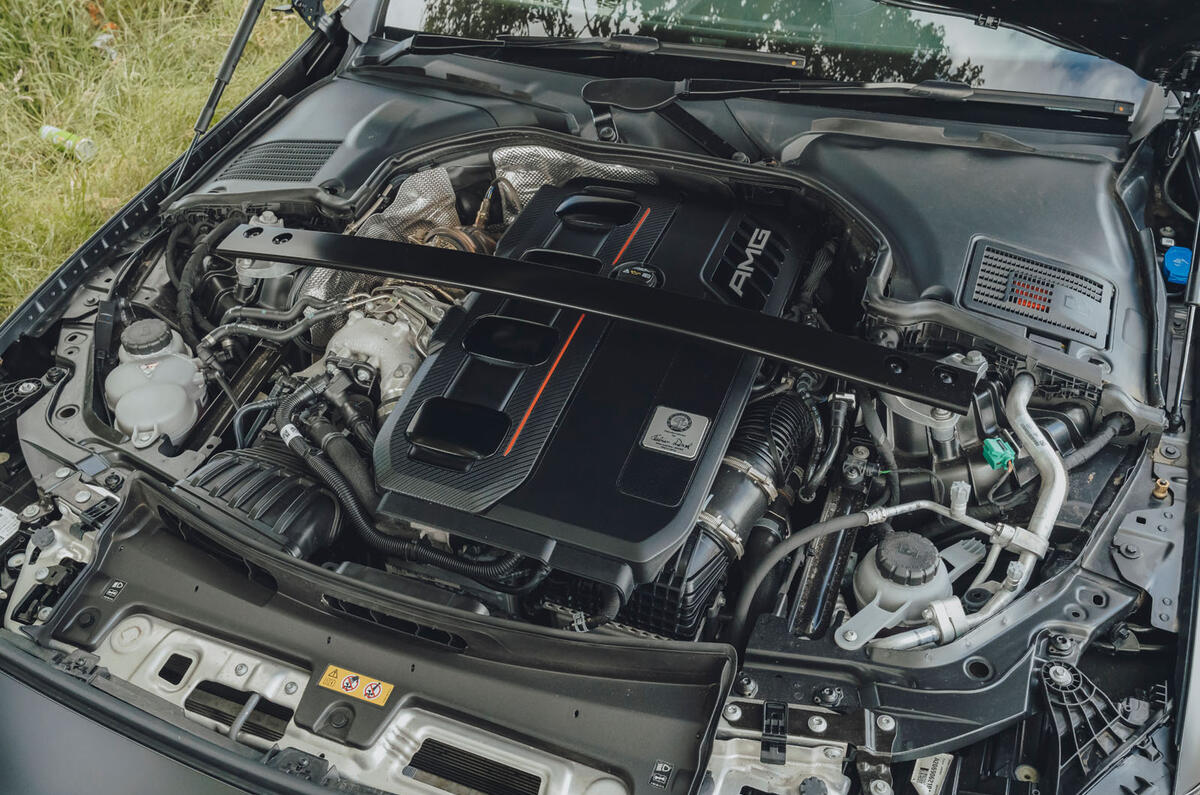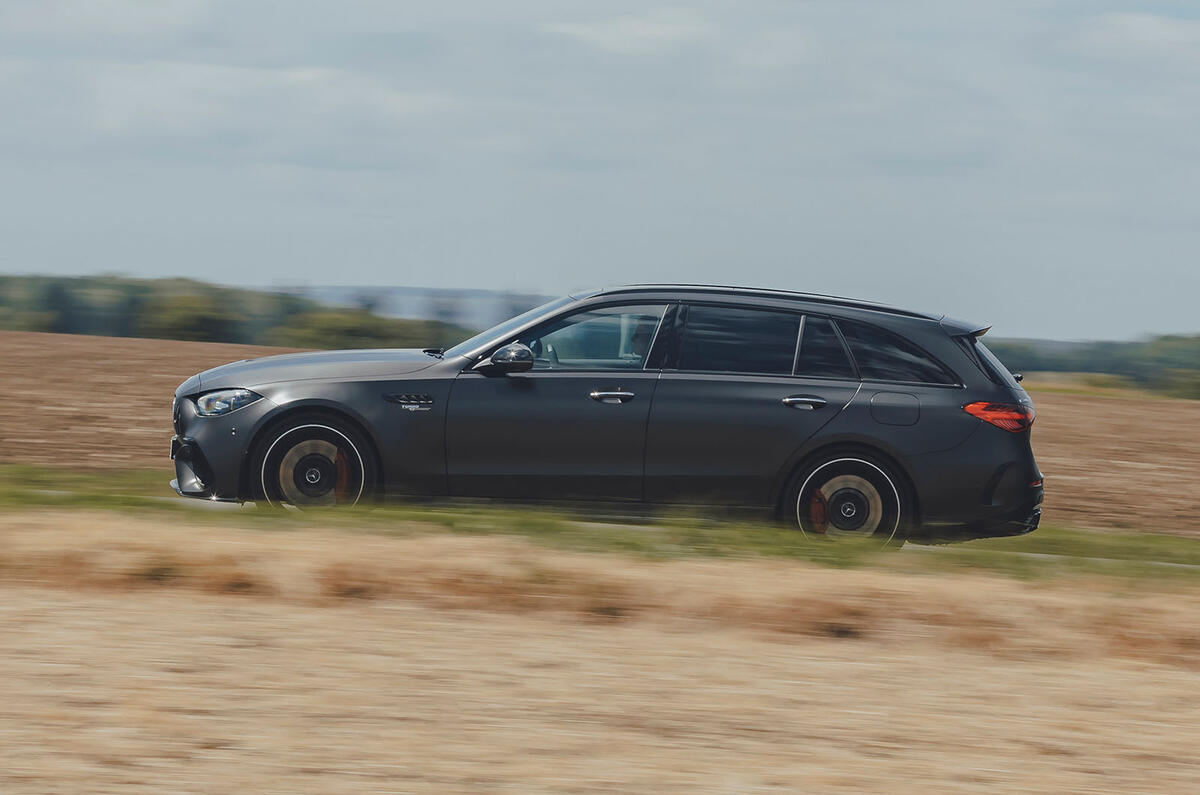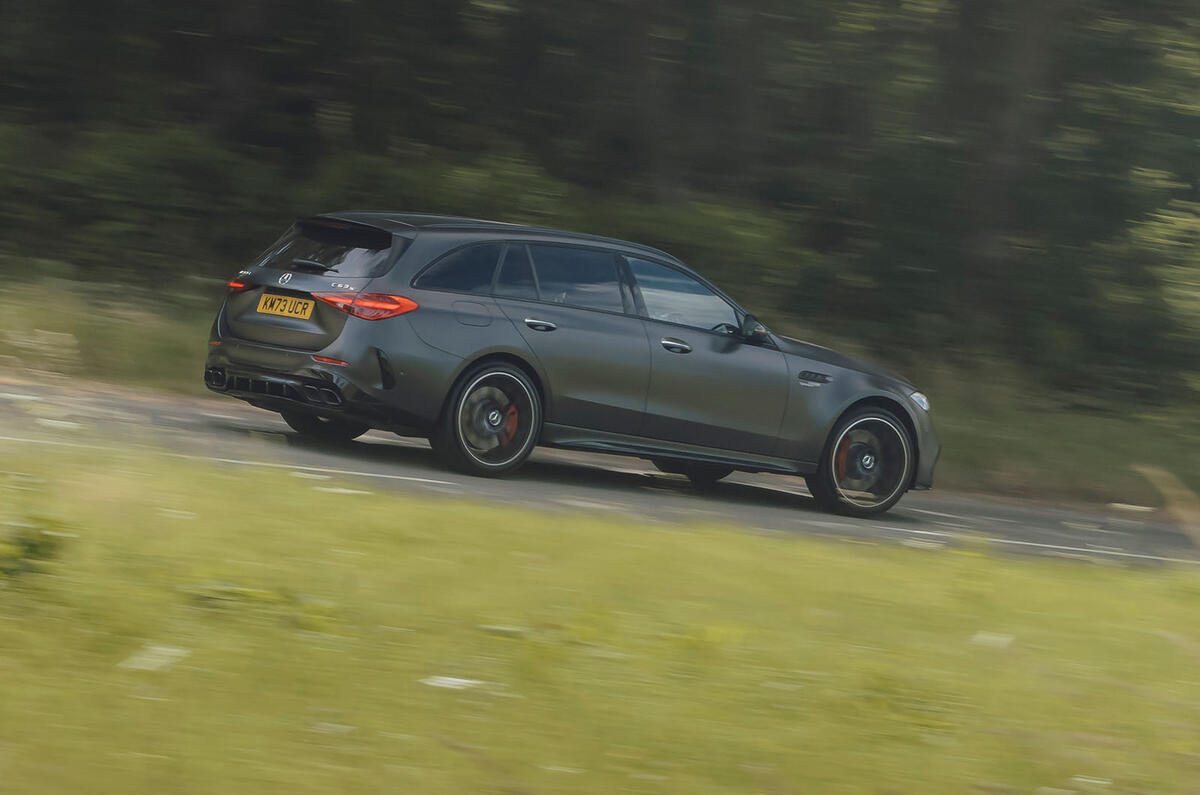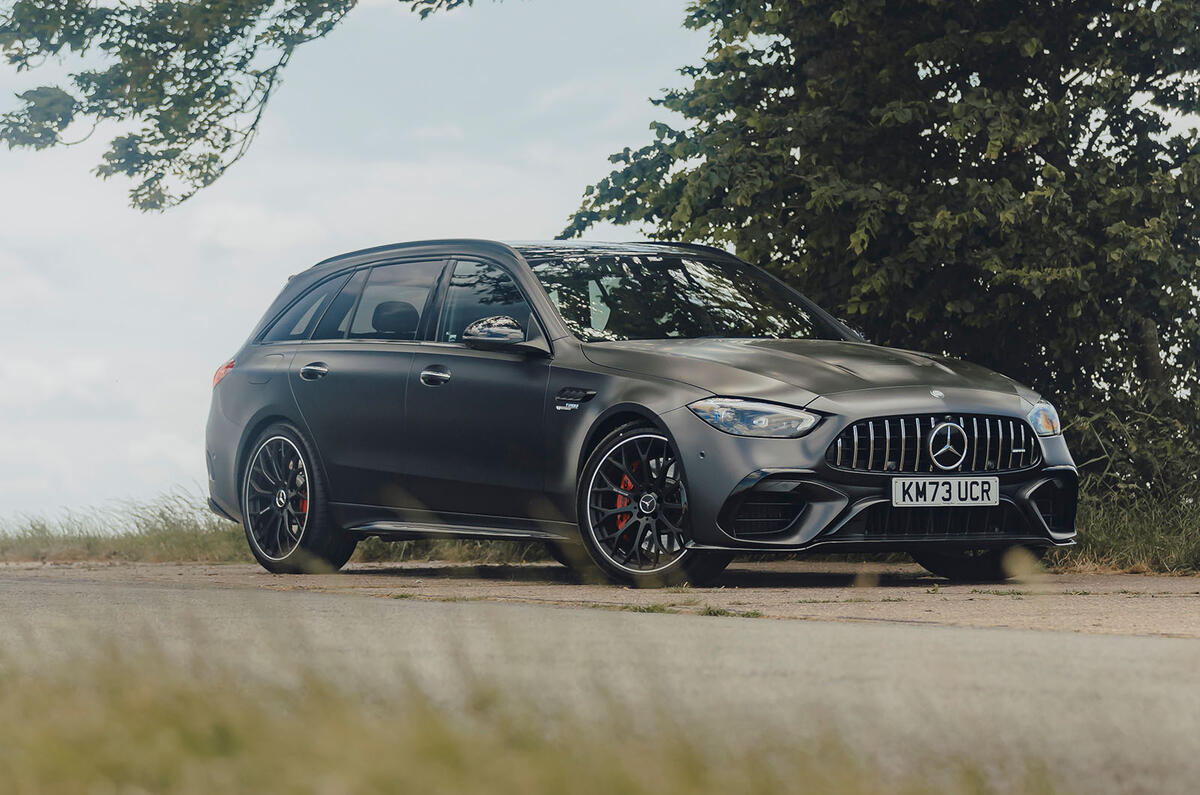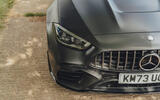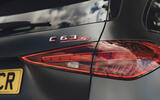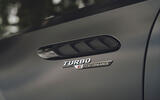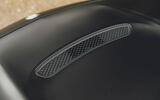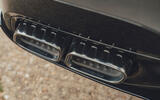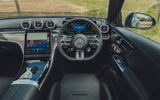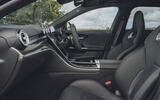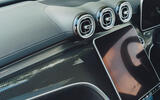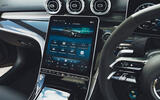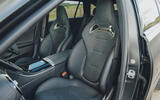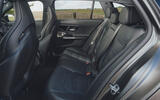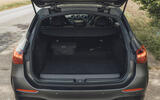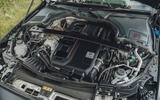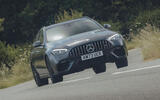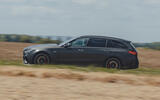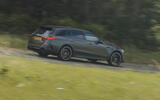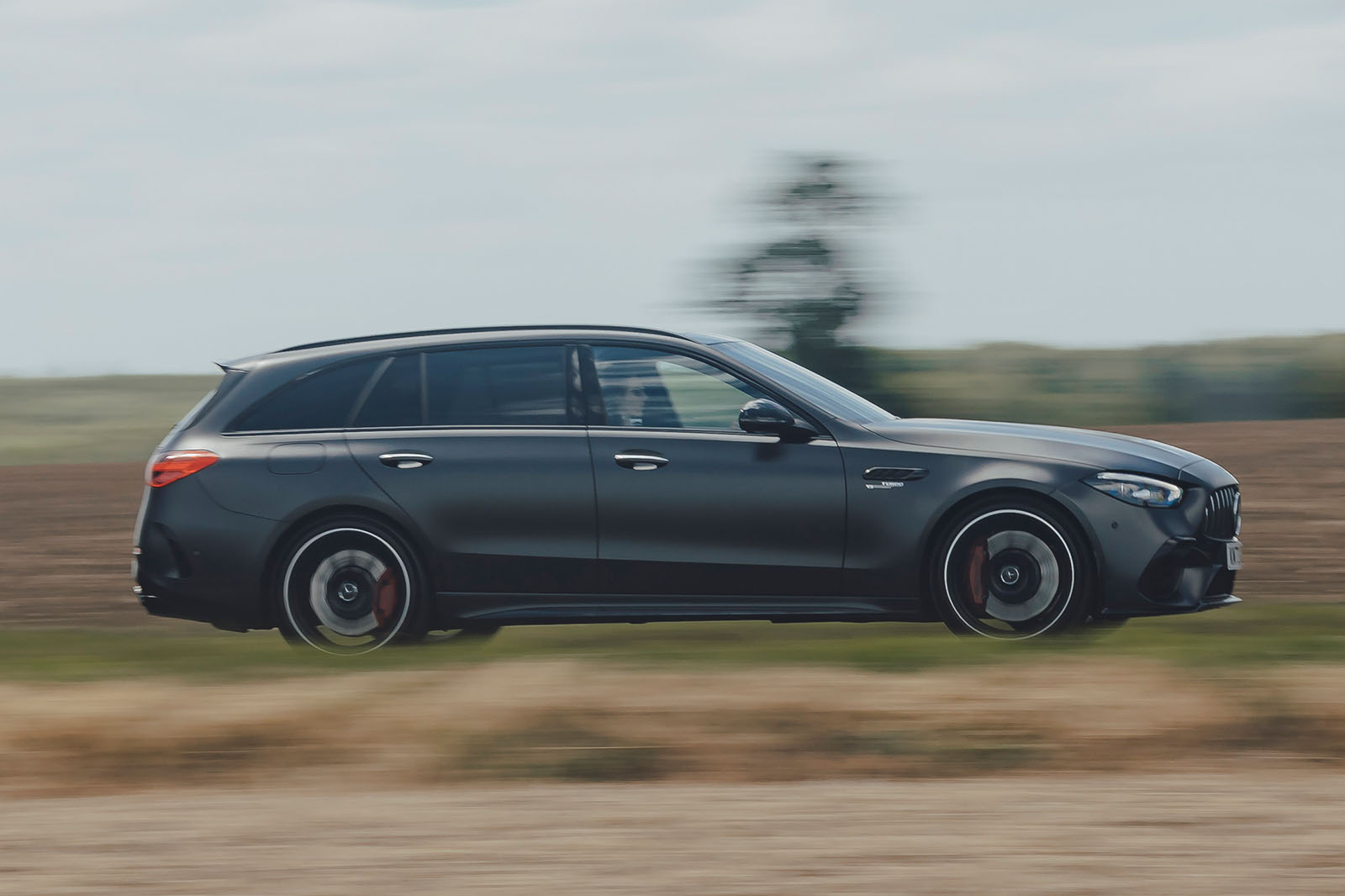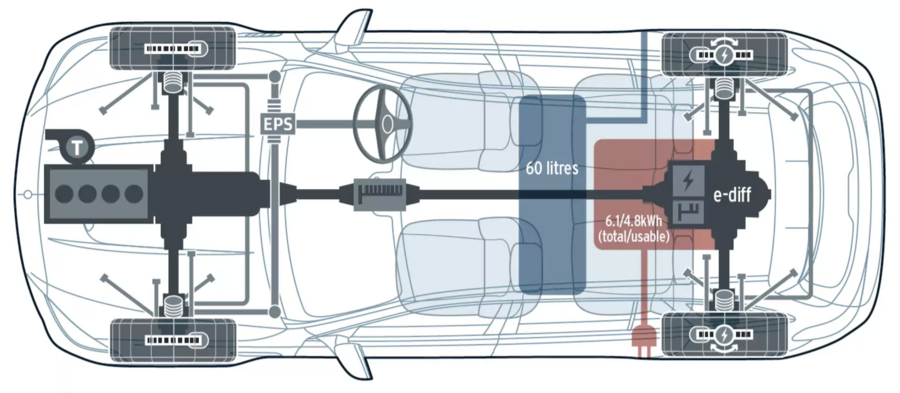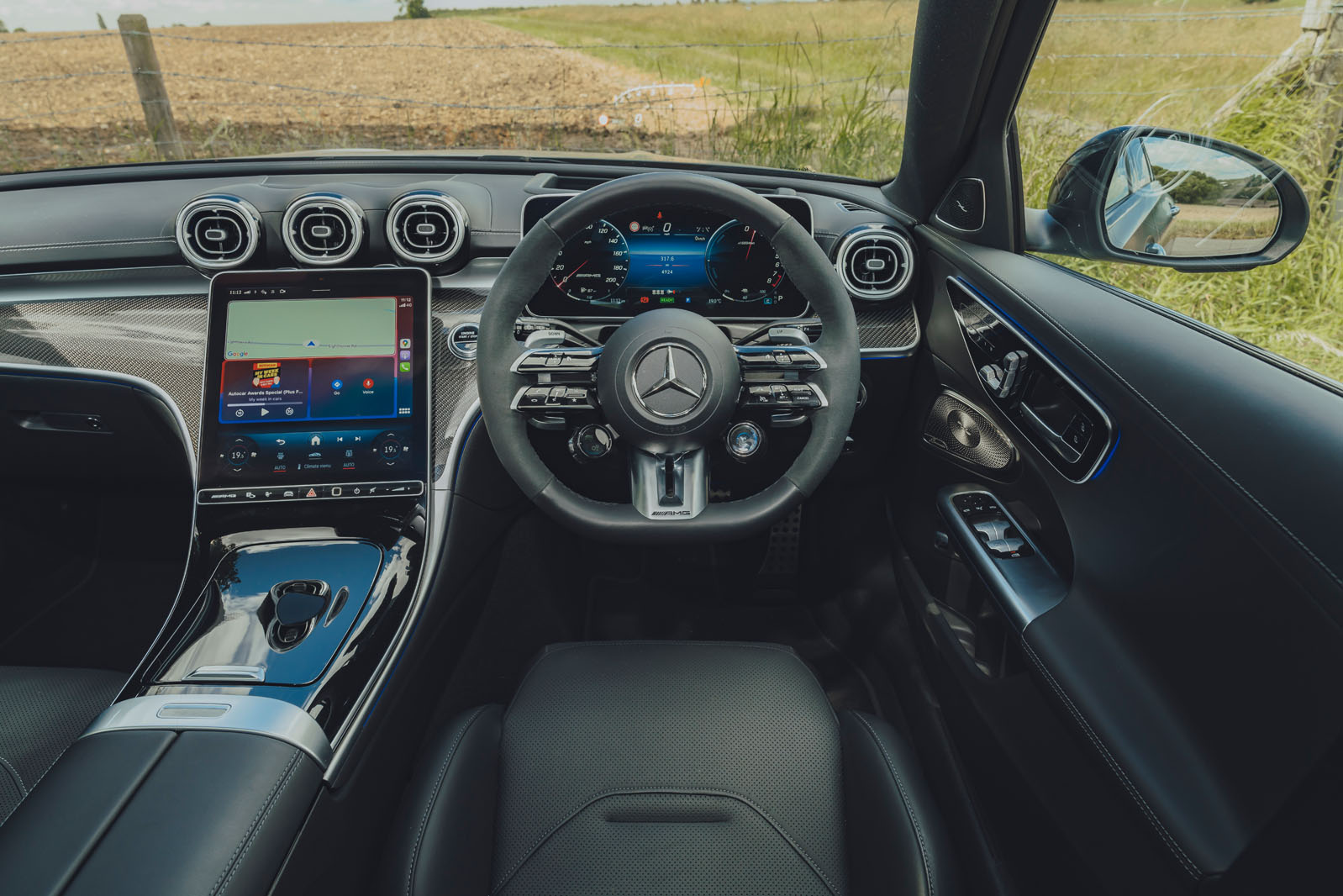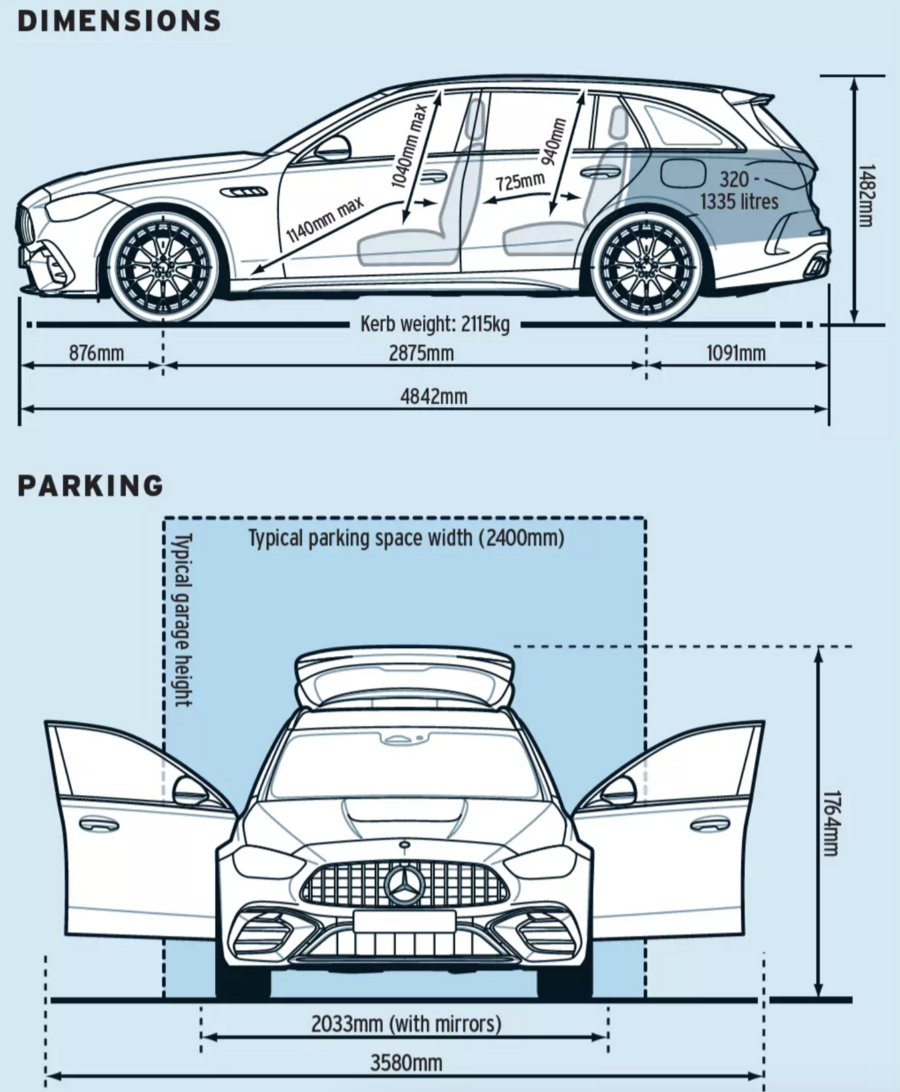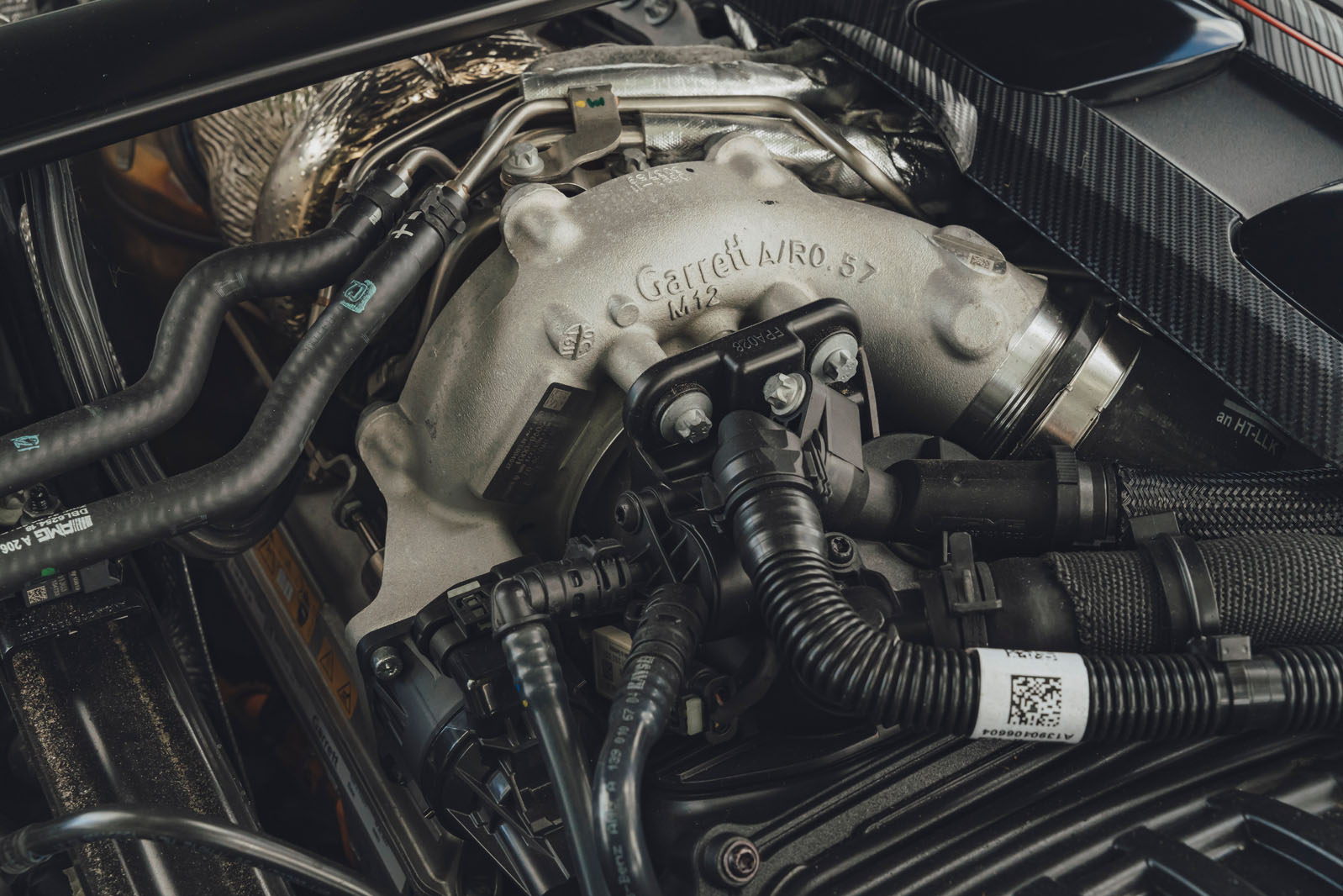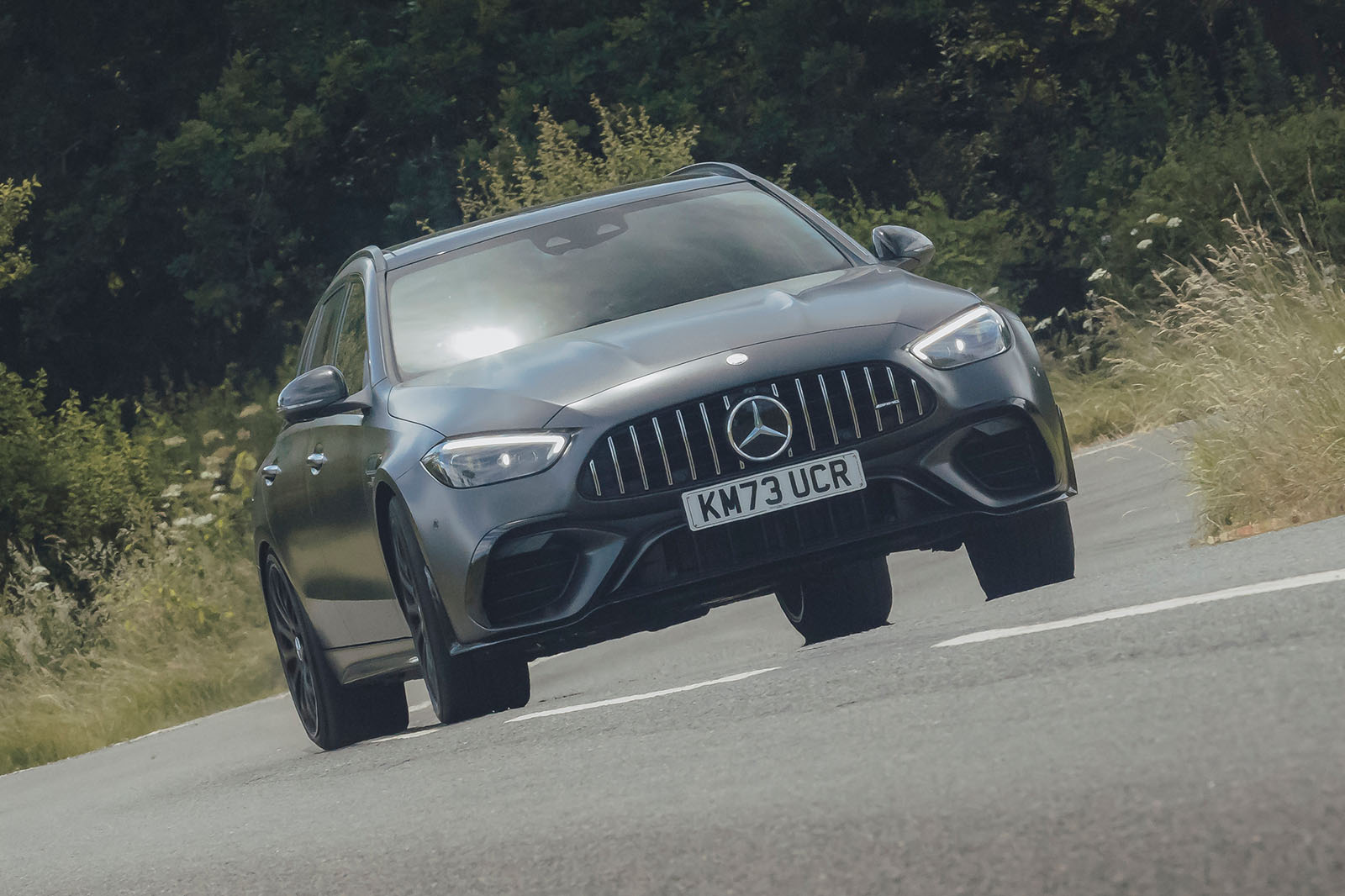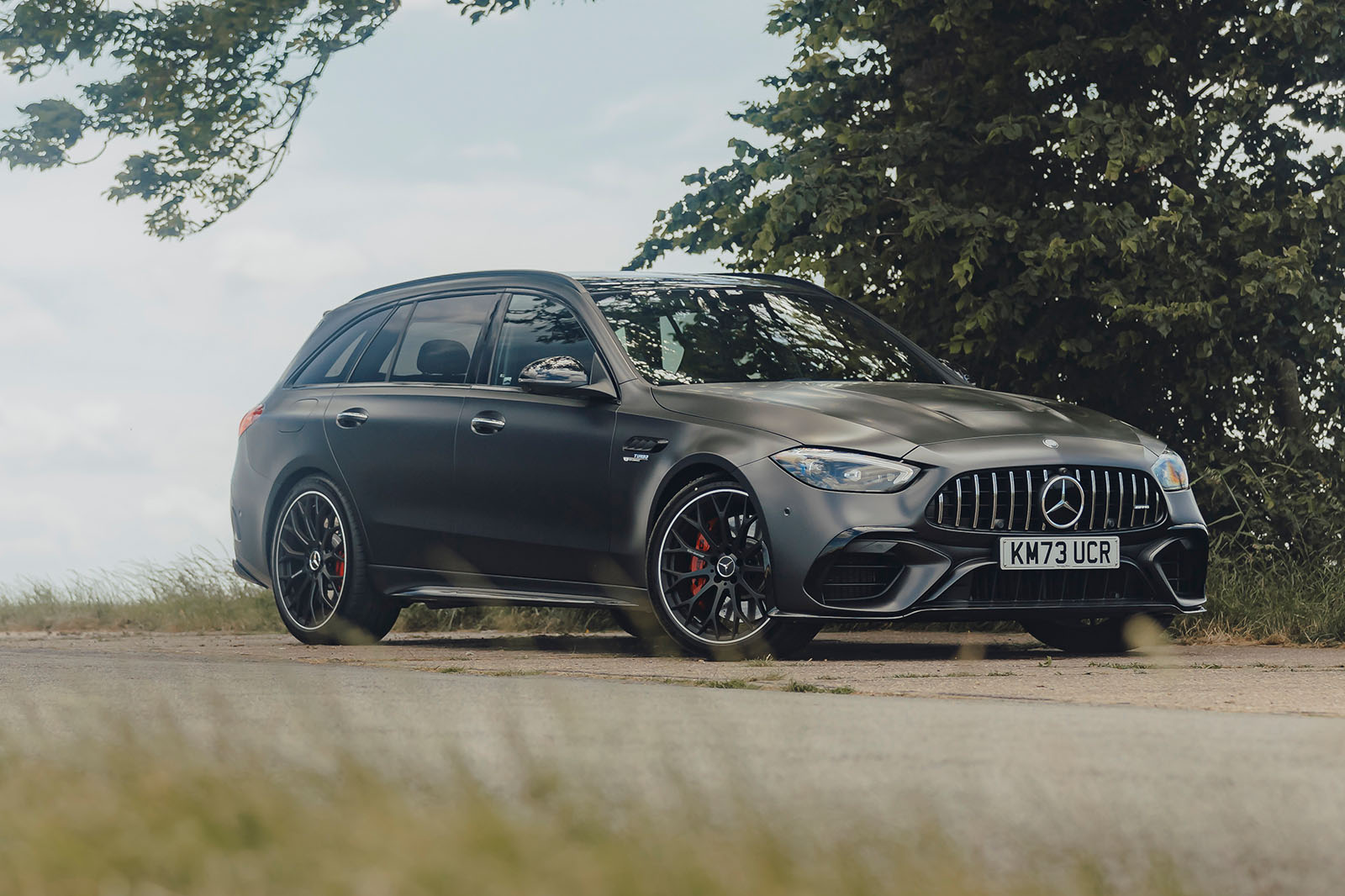For the longest time, Mercedes-AMGs were simple beasts to understand. No matter how much clever engineering went into them, they could be reduced to a set of simple emotions. V8 engine goes ‘grrr’; rear tyres go ‘skreee’; driver goes ‘whee!’.
As loud engines become less socially acceptable, emissions targets tighten and owners ask for more daily usability, AMG is changing tack – and in a major way with the new Mercedes-AMG C63 S E Performance. Out goes the tyre-smoking drivetrain with a charismatic V8 and rear-wheel drive, and in comes a four-cylinder plug-in hybrid with four-wheel drive.
When it first presented the car, AMG said it was about raw performance on the one hand and the convenience of short-distance electric running on the other.
Initial dynamic impressions were not good. Its performance was buried under layers of menus and modes and the package felt rather charmless. It has taken Mercedes some time to bring production cars to the UK, finally giving us a chance to see if longer exposure to this furiously complicated car might unearth misunderstood genius.
Range at a glance
| Models | Power | From |
|---|---|---|
| C200 | 201bhp | £46,870 |
| C220d | 197bhp | £48,320 |
| C300e | 308bhp | £52,110 |
| C300 | 255bhp | £53,780 |
| C300d | 261bhp |
£59,120 |
| AMG c43 4Matic | 415bhp | £69,250 |
| AMG C63 S E Performance 4Matic+ | 670bhp | £99,280 |
The Mercedes C-Class range includes petrols, diesels and plug-in hybrids, all available as a saloon and an estate. (Prices above are for the estate.) Most come in one of a number of AMG Line trim levels and all are powered by a four-cylinder engine mated to a nine-speed automatic gearbox. The only four-wheel-drive versions in the UK are the two AMGs.



